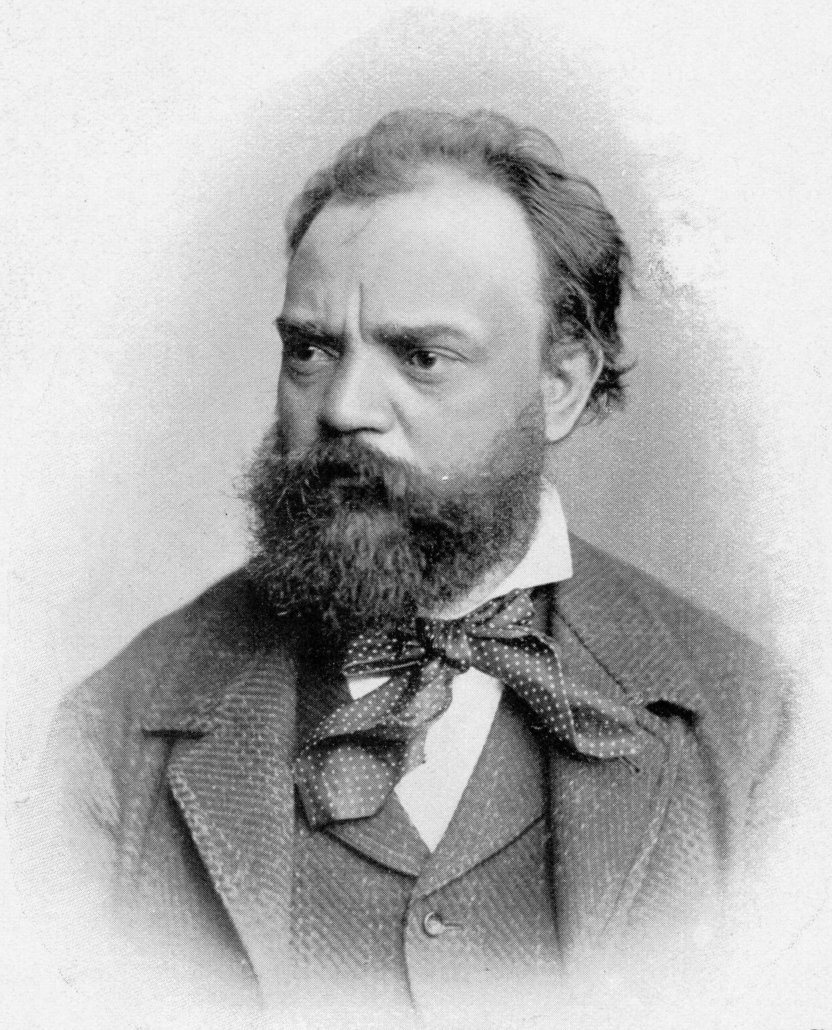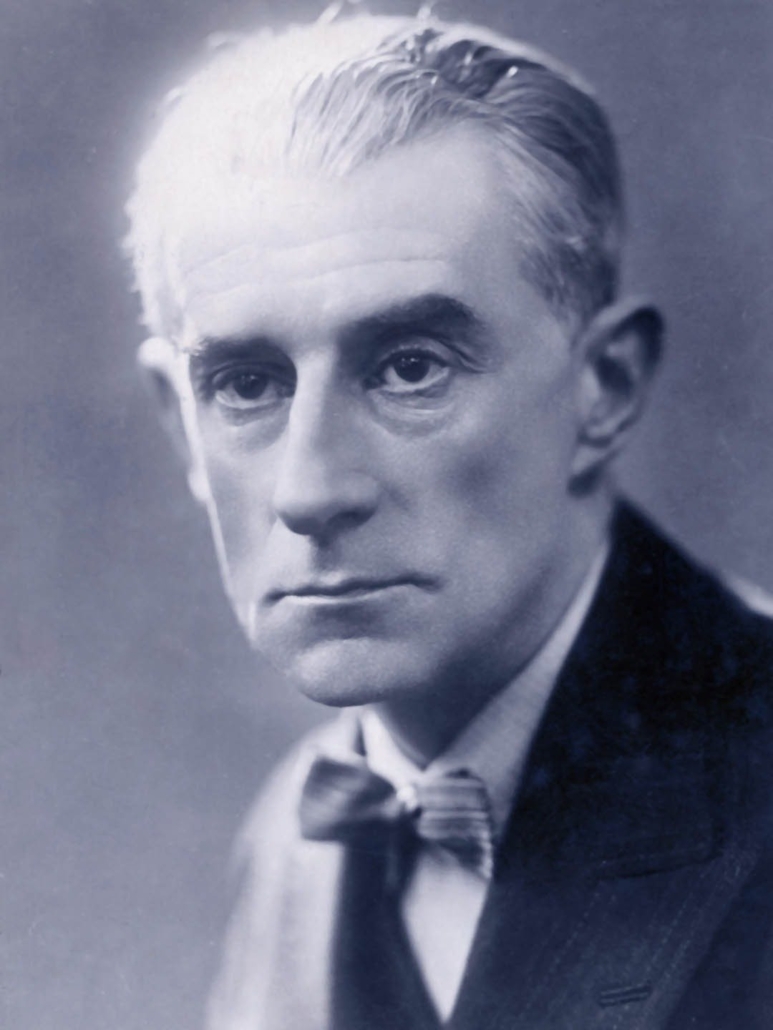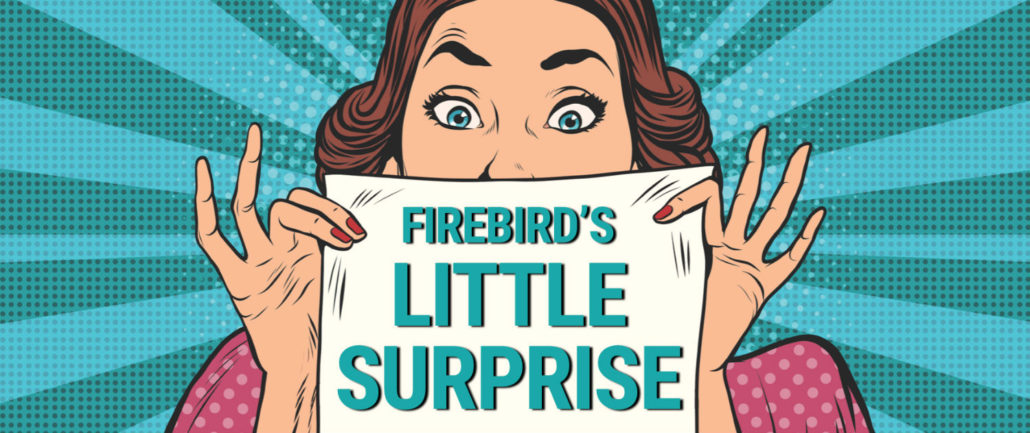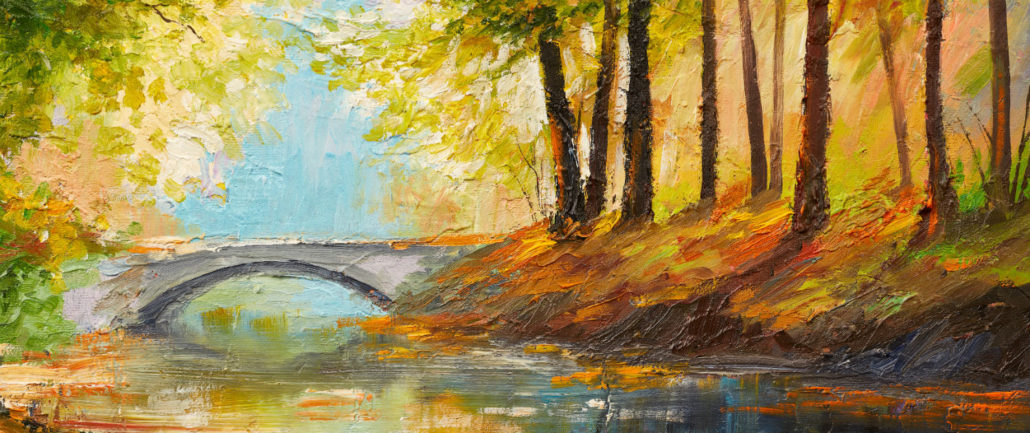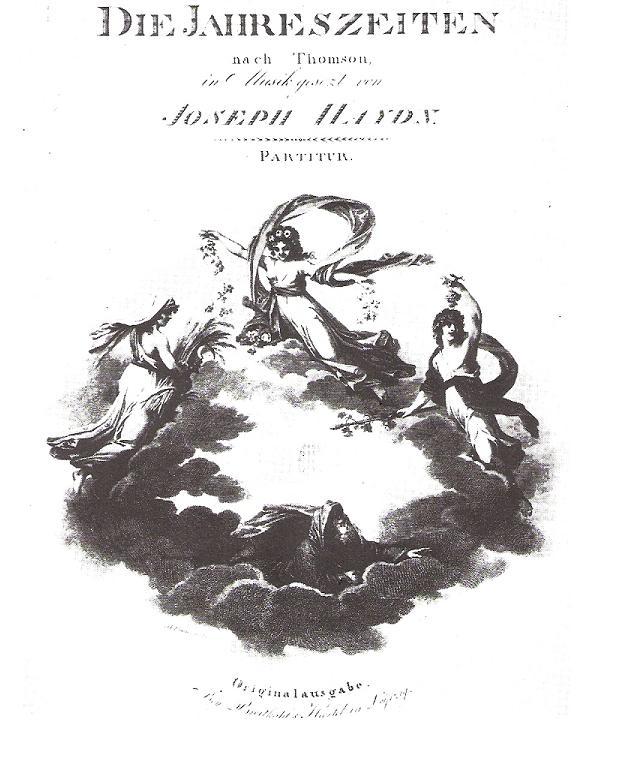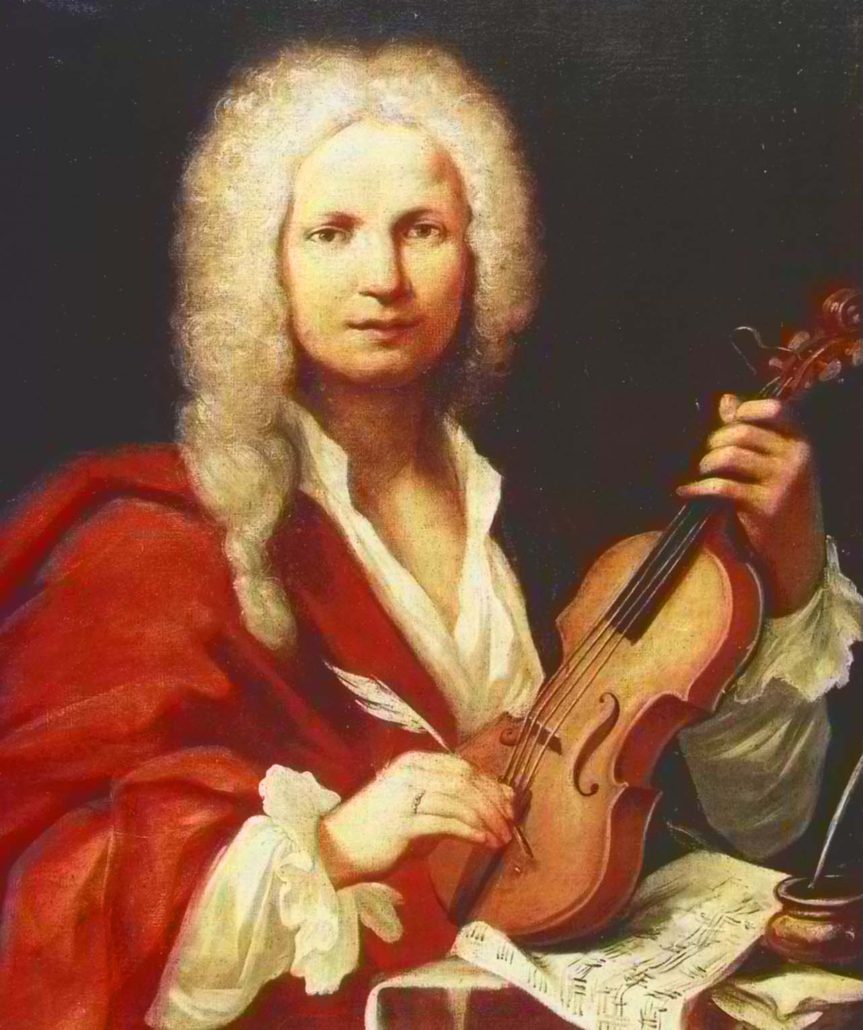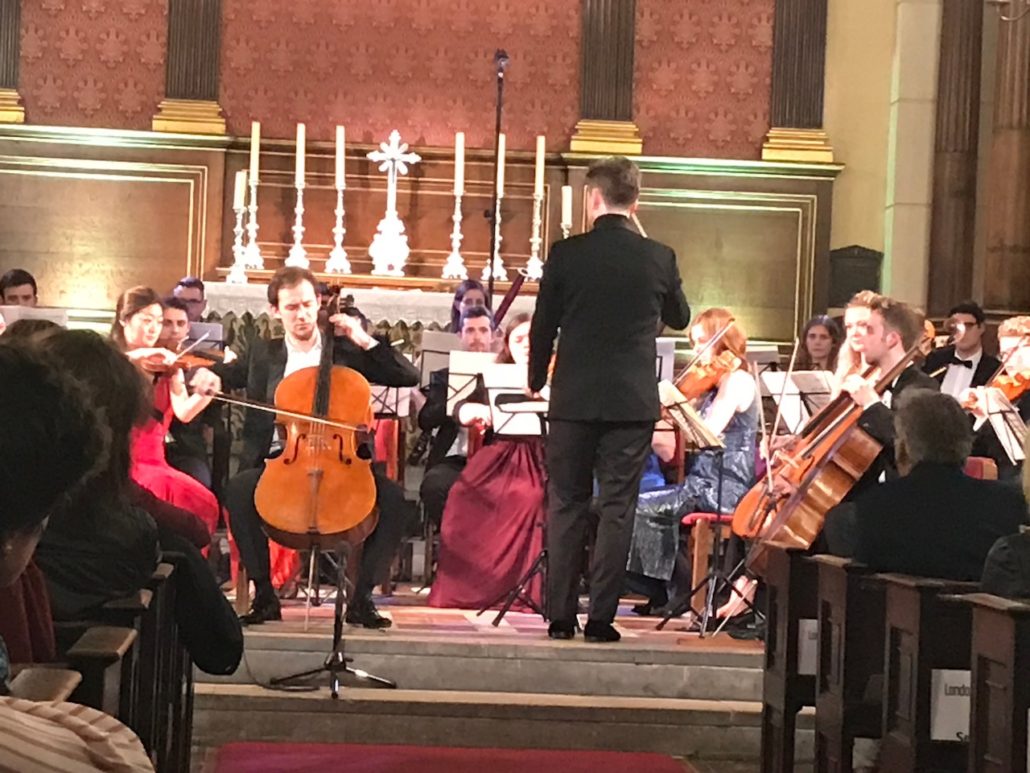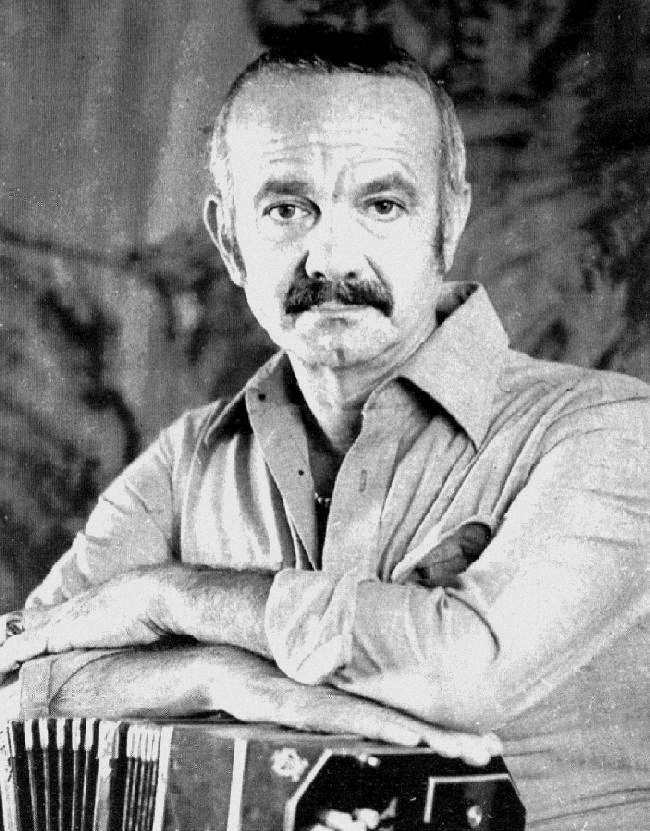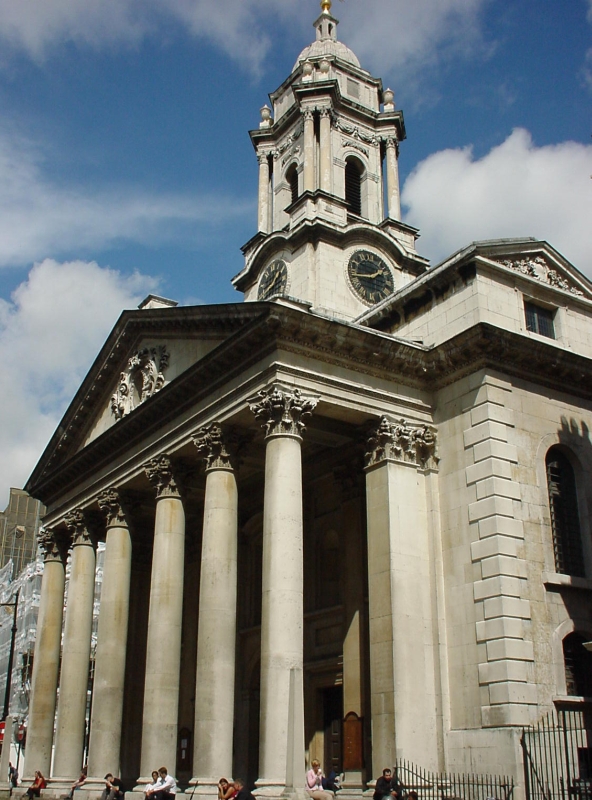Dvořák’s New World
What’s the connection between Czechoslovakia, Native American Indians and the Moon?
Born in 1841, Czech composer Anton Dvořák achieved worldwide recognition for his music. He was well known for including rhythms and note patterns derived from the folk music of Moravia and his native Bohemia. His reputation spread far and wide across Europe with an honorary degree presented from the University of Cambridge, and the offer of a position as professor of composition and instrumentation at the Prague Conservatory
However, everything was to change in 1892 when Dvořák and his family were to head to the United States where he took up a position as director of the National Conservatory of Music in New York City. Dvořák’s main goal in America was to discover “American Music” and engage in it, much as he had used Czech folk idioms within his music.
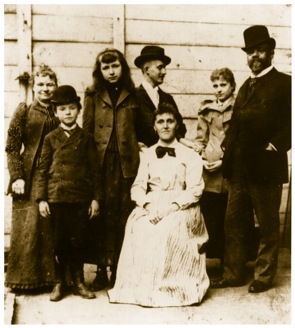
Dvořák and his family
The ethos of the Conservatory was rather unusual in that it took students who were both male and female, and black and white. One such African-American student was Harry T. Burleigh who sang traditional spirituals to Dvořák.

Harry T. Burleigh
Shortly after his arrival in America Dvořák wrote a series of newspaper articles encouraging people to consider African-American and Native American music as a foundation for the growth of American music.
‘I am convinced that the future music of this country must be founded on what are called Negro melodies. These can be the foundation of a serious and original school of composition, to be developed in the United States. These beautiful and varied themes are the product of the soil. They are the folk songs of America and your composers must turn to them.’
In 1893, Dvořák was commissioned by the New York Philharmonic to write Symphony No.9, ‘From the New World’. At its premiere at the Carnegie Hall in New York, the end of every movement was met with thunderous clapping and was one of the greatest public triumphs of Dvořák’s career.

Title Page Symphony no 9
In an article published in the New York Herald Dvořák explained how Native American music had been an influence on this symphony:
‘I have not actually used any of the [Native American] melodies. I have simply written original themes embodying the peculiarities of the Indian music, and, using these themes as subjects, have developed them with all the resources of modern rhythms, counterpoint, and orchestral colour.’
Dvořák wrote that he would not have composed his American pieces as he had, if he had not seen America being inspired by the “wide open spaces” of the prairies he may have seen on his travels across the country.

Moonwalk one
And as for the Moon, on July 20, 1969 the whole world stopped when a man who grew up on a farm without electricity announced: ‘One small step for man, one giant leap for mankind.’ It was Astronaut Neil Armstrong – the first man on the moon – who took with him a tape recording of the New World Symphony during the Apollo 11 mission.
The New World Symphony has been described as one of Dvořák’s greatest triumphs. It is by far his most popular symphony, and one of the most popular symphonies of all time. So it is only fitting that it should be included in the exciting programme of music Firebird Flies to the States.

